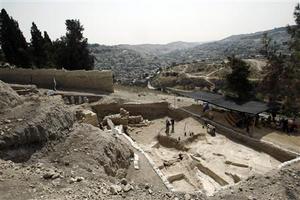OF THE
TIMES
Briefly stated, the Gell-Mann Amnesia effect is as follows. You open the newspaper to an article on some subject you know well... You read the article and see the journalist has absolutely no understanding of either the facts or the issues. Often, the article is so wrong it actually presents the story backward—reversing cause and effect...
In any case, you read with exasperation or amusement the multiple errors in a story, and then turn the page to national or international affairs, and read as if the rest of the newspaper was somehow more accurate about Palestine than the baloney you just read. You turn the page, and forget what you know.
“ John Kirby saying the president wanted to make a point about America's immigrant "DNA” That DNA is looking slightly cancerous if you ask me....
bestows state awards and holds the exclusive authority to grant a pardon. Yeah, the ever present "safety net" should give you a clue as to what is...
If it weren't for the fact that so many goyim are being slaughtered in this war production, it would almost be entertaining to watch this jewish...
Bill Gates was never more than an empty suit. A less-than-mediocre figurehead for certain 3-letter-agencies for their attempt to capture and...
Sex crimes are hideous and cause great damage to the victims. Nevertheless I'm always a bit wary about these type of cases. I'm certain an awful...
To submit an article for publication, see our Submission Guidelines
Reader comments do not necessarily reflect the views of the volunteers, editors, and directors of SOTT.net or the Quantum Future Group.
Some icons on this site were created by: Afterglow, Aha-Soft, AntialiasFactory, artdesigner.lv, Artura, DailyOverview, Everaldo, GraphicsFuel, IconFactory, Iconka, IconShock, Icons-Land, i-love-icons, KDE-look.org, Klukeart, mugenb16, Map Icons Collection, PetshopBoxStudio, VisualPharm, wbeiruti, WebIconset
Powered by PikaJS 🐁 and In·Site
Original content © 2002-2024 by Sott.net/Signs of the Times. See: FAIR USE NOTICE

Reader Comments
to our Newsletter